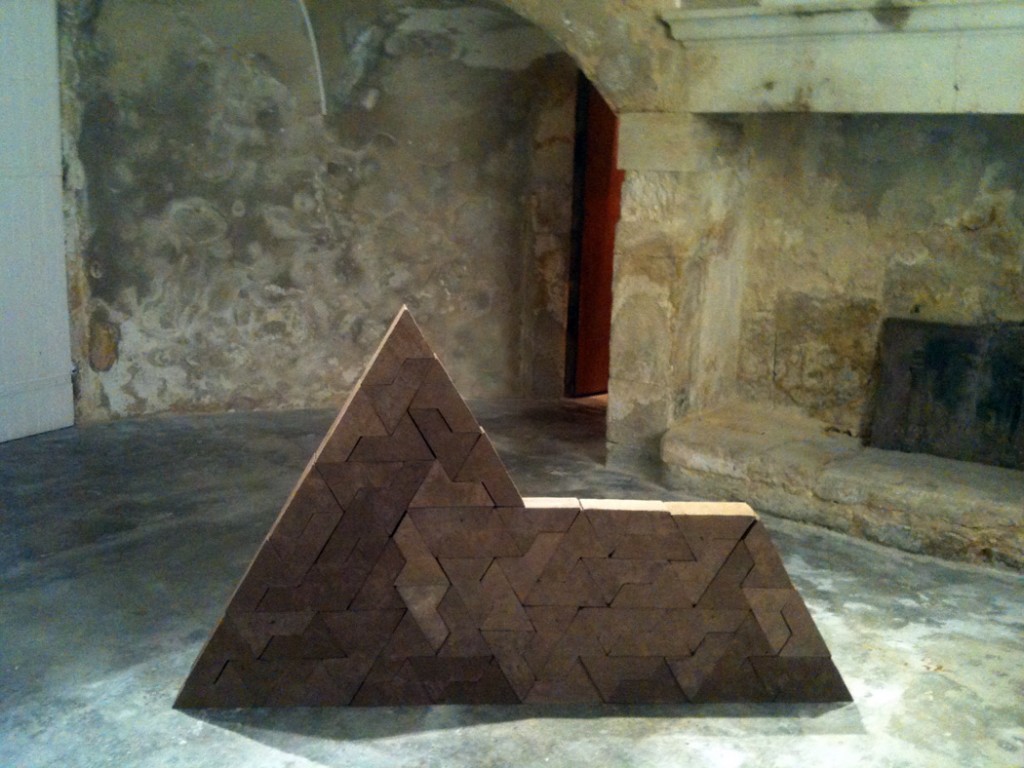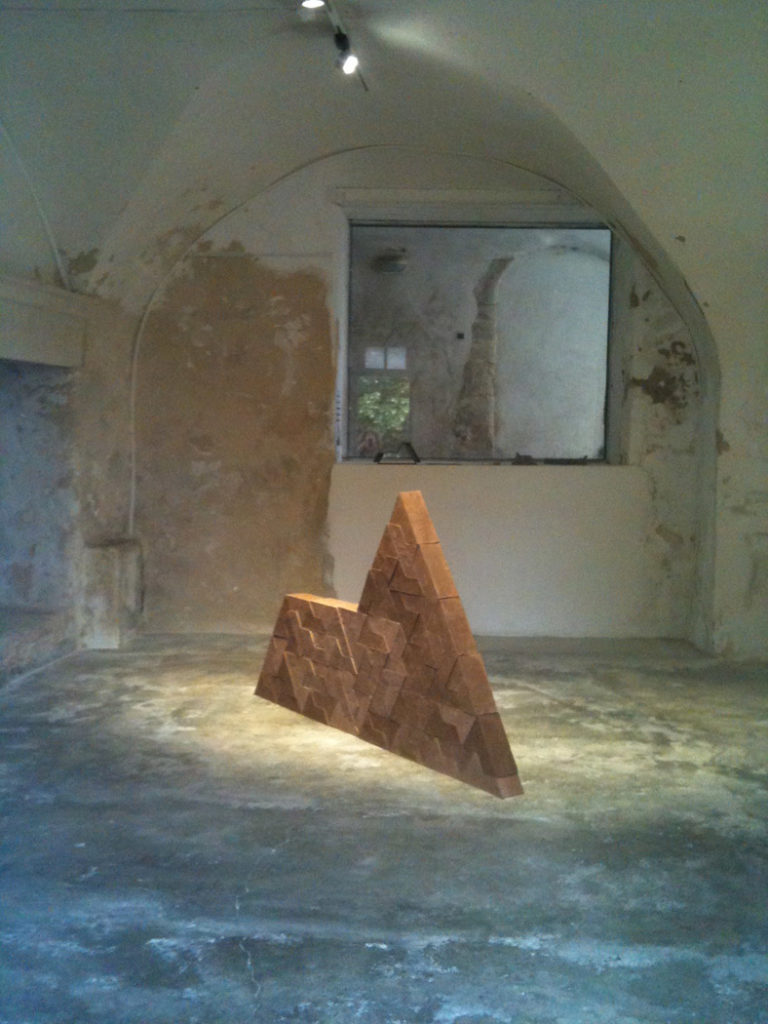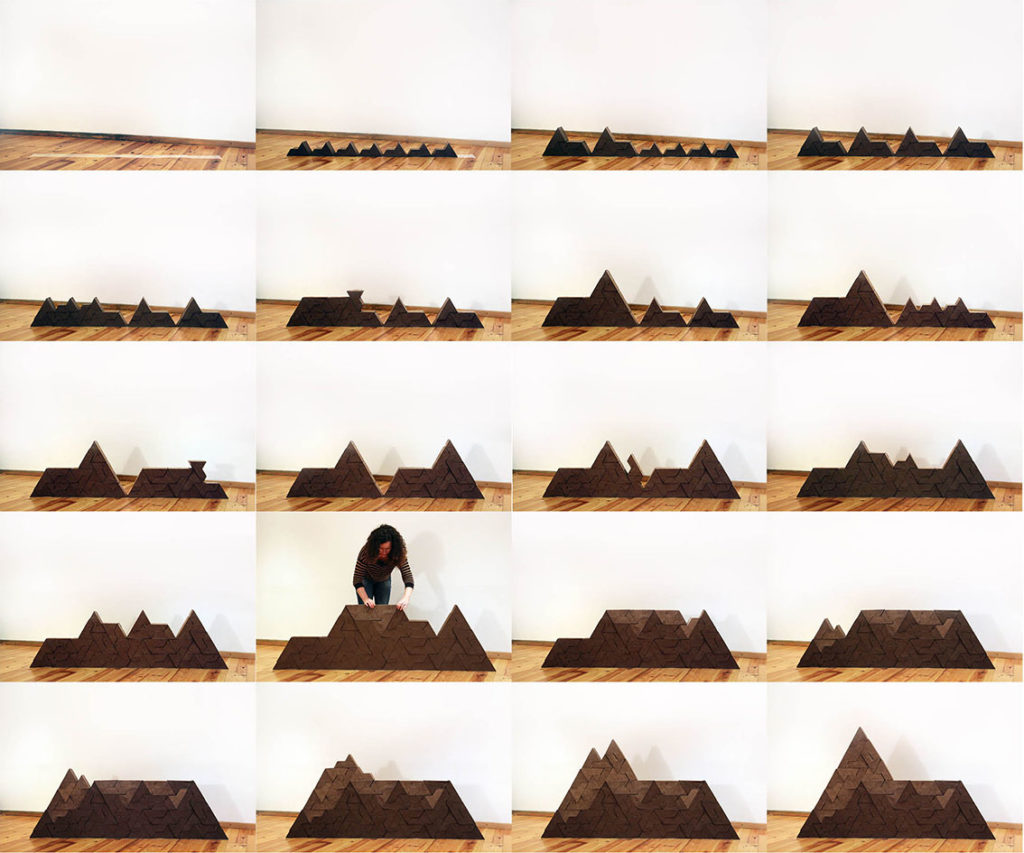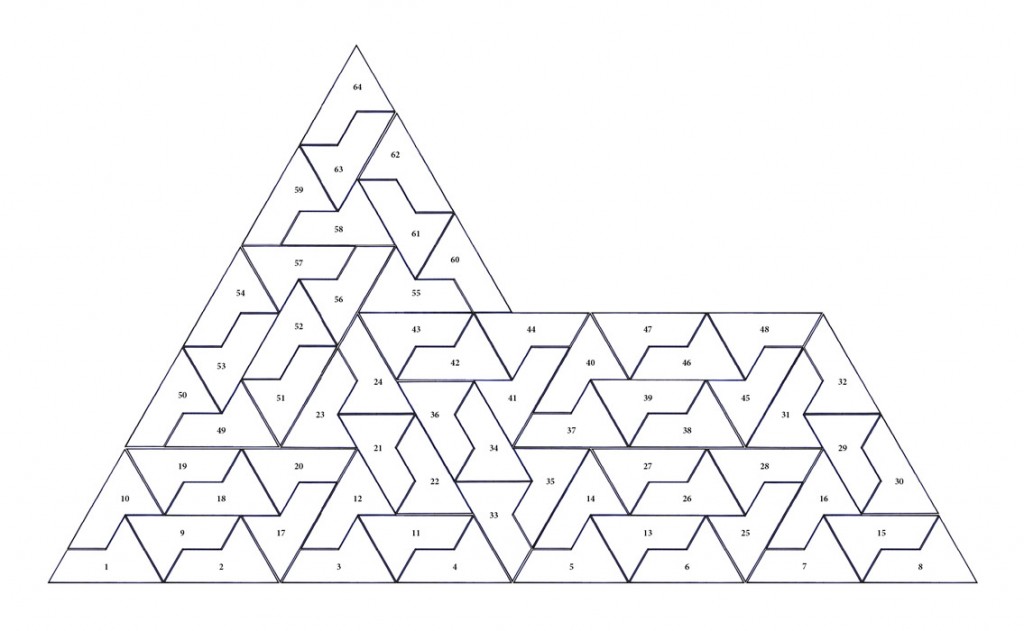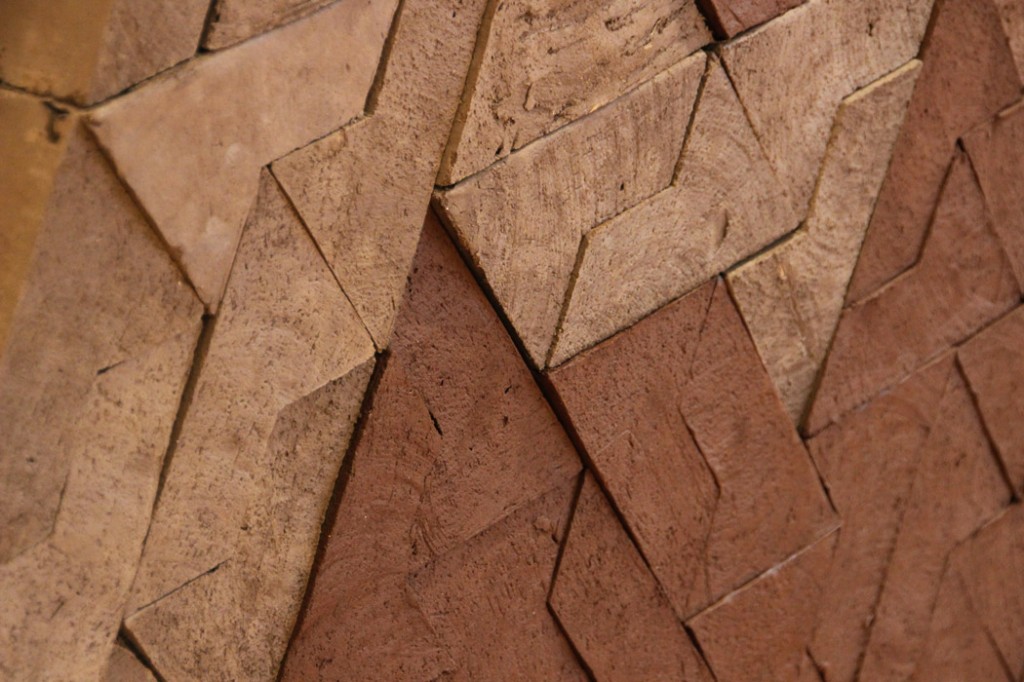Le projet Sphinx est un projet hybride, au croisement de la sculpture et de l’architecture. Il est aussi de l’ordre de la performance. Non seulement dès le départ avec le travail d’atelier, physique, de réalisation des briques de terre crue à l’aide d’un moule/emporte-pièce, mais aussi ensuite par sa mise en situation dans l’espace, qui relève du casse-tête. Plus le mur-sculpture s’élève, plus l’agencement s’avère compliqué voire instable. Le montage de l’édifice nécessite une adaptation permanente du geste pour trouver le juste équilibre.
La notion de performance est également immédiate lorsque l’on pense au Sphinx, créature fantastique mi-femme mi-animal de la mythologie qui est avant tout connue pour être, située en Egypte, la plus grande sculpture monolithique du monde. Du Sphinx à la verticalité des villes contemporaines, la performance humaine invoque tour à tour l’exploit artisanal et mécanique, les lois des mathématiques et de la physique, la puissance d’une esthétique et de rêves communs.
Reptuile, définition :
Un reptuile est un polygone qui a la propriété de pouvoir former par duplication une plus grande version de sa forme initiale. Ici, l’édifice est constitué de 64 briques, mais il contient en lui même un potentiel d’agrandissement. Pour retrouver la même forme de Sphinx en plus grand il faut multiplier par quatre le nombre d’éléments. Une version plus grande de Sphinx serait ainsi constituée de 256 briques et mesurerait 368 cm de long par 226 cm de haut.
Sphinx, 2015
Wall-sculpture made of tridimentional rep-tiles
64 raw sandstone bricks
184 x 113 x 11 cm
2015 Artelinea artists residencies production
The Sphinx project is an hybrid project, in between sculpture and architecture. It is also about performance. Not only at the begining with the bricks realization – the use of the mould is quite a physical work – but also at the time of the actual installation, which is a brain-teaser – the installation requires a plan. The more the sculpture rises, the more the arrangement becomes complicated and unstable. The assembly of the wall requires a permanent adaptation of the gesture to find the right balance.
The concept of performance also comes immediately to mind when we think of the Sphinx, the famous mythology mid-woman mid-animal fantastic creature, which is above all known to be, located in Egypt, the greatest monolithic sculpture of the world. From the Giza’s Sphinx to the verticality of contemporary cities, the human performance calls by turns upon the artisanal and mechanical exploit, the mathematics and physics laws and the power of shared esthetics and dreams.
Definition of a rep-tile :
A rep-tile is a polygon which has the property to be able to form by duplication a larger version of its initial form. The 2015 Sphinx project is built of 64 bricks, but it still has an enlarging potential. To have a larger Sphinx form, the elements need to be multiplied by four. A larger version of the project would be so built of 256 bricks and would be 368 cm long by 226 cm tall.
Sphinx
- Installations & Sculptures
-
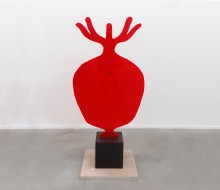
La Grande Oracle

-
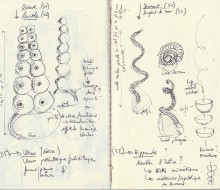
Le jardin aux sentiers qui bifurquent, Sentier 5

-
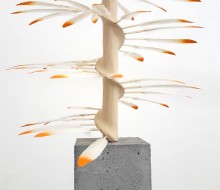
Ope

-
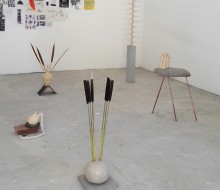
Le jardin aux sentiers qui bifurquent, Sentier 4

-

La théorie de l’art

-
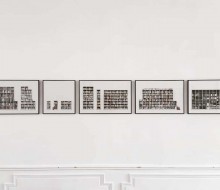
Les Bibliothèques de M.

-
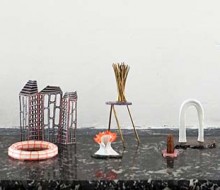
Le jardin aux sentiers qui bifurquent, Sentier 3

-
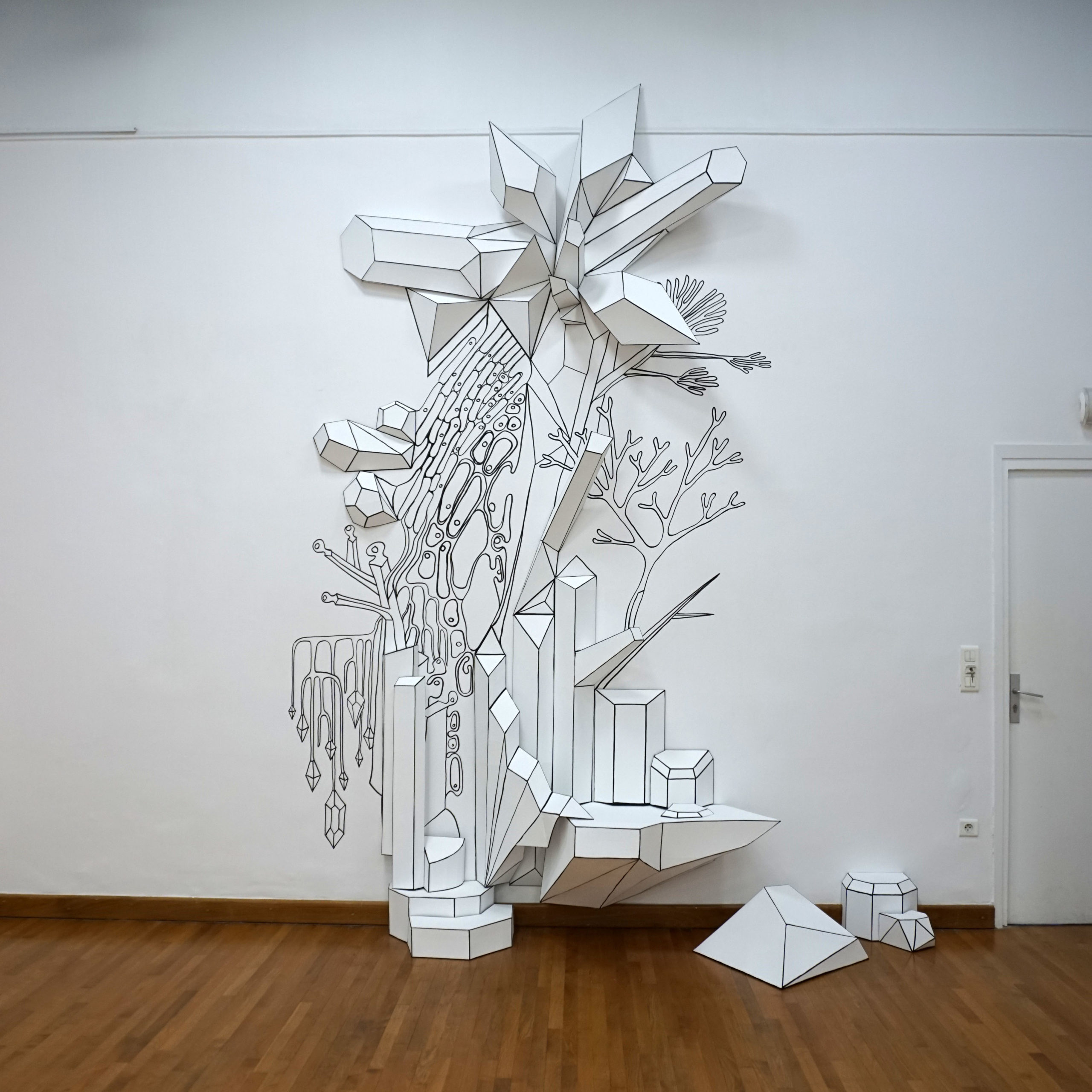
Phantasía III

-
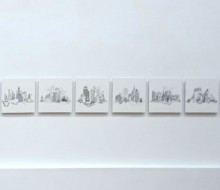
Le jardin aux sentiers qui bifurquent, Sentier 2

-
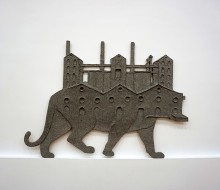
Colosses 3ème Génération

-
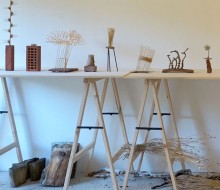
Le jardin aux sentiers qui bifurquent, Sentier 1

-
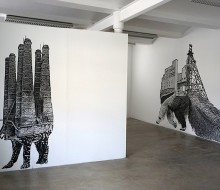
Colosses 2ème génération

-
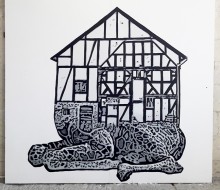
Colosses 1ère génération

-
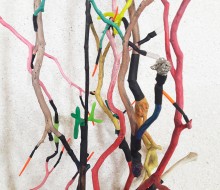
Rhizome

-
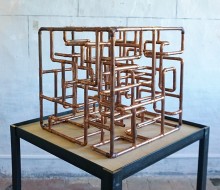
Underground Overground

-
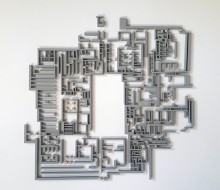
Cnossos

-
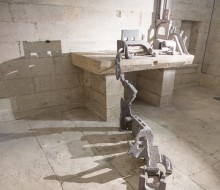
(R-ev)olution

-
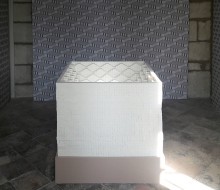
Sweet pyramid reversed

-
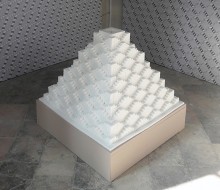
Sweet pyramid

-
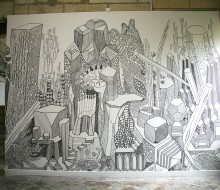
Zoom in Phantasía

-
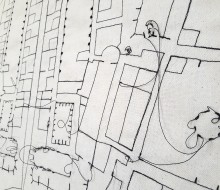
Arianes

-
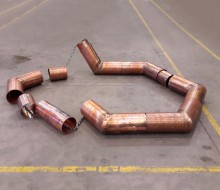
Sculpture Fractale

-
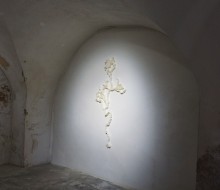
Vena Mundi

-
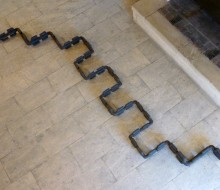
Dédales

-
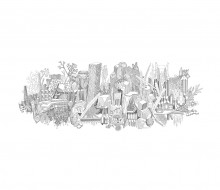
Phantasía #1 et Phantasía #2

-
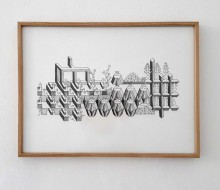
Idiotropíes (Caprices n°1 à 7 et Petit caprice)

-
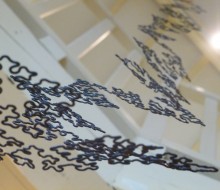
Courbes #2

-
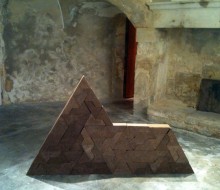
Sphinx

-
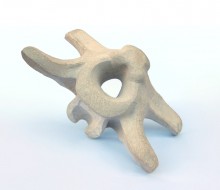
Vertèbre

-
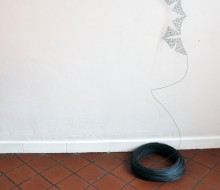
Courbes #1

-
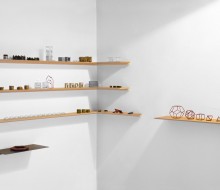
Cabinet de curiosités

-
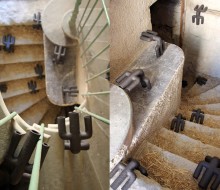
Une incursion dans le réel

-
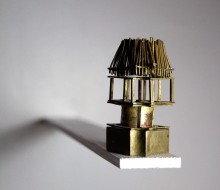
Observatoire

-
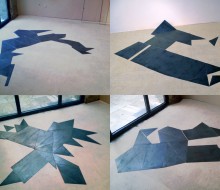
Tangram

-

Les 5 Solides de Platon

-
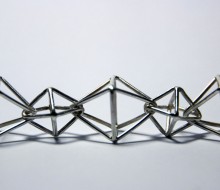
Polyèdres

-
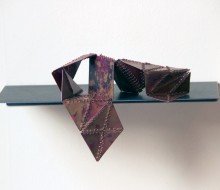
Fold/Unfold

-
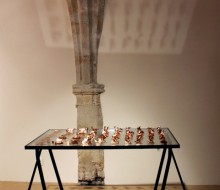
Origamis

-
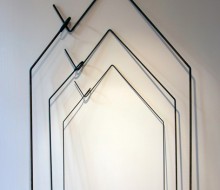
Maison(s)

-
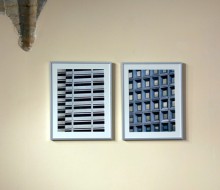
Trames

-
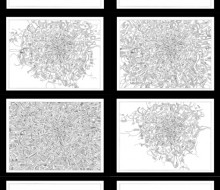
Expansion Contraction

-
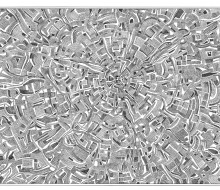
Expansion

-
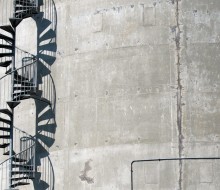
Hélicoïde

-

Des îles et des hommes

-
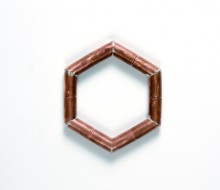
Objet Fractal #3

-
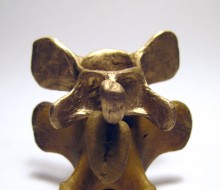
Chimères

-

Wild Dream

-
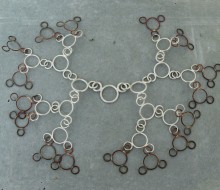
Division cellulaire

-
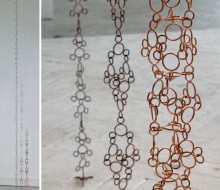
Séquences

-
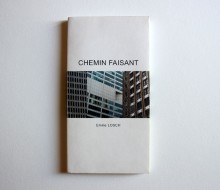
Chemin Faisant & Ville Tentaculaire

-
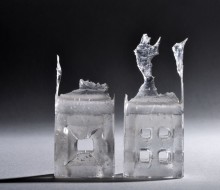
Paysage polaire

-
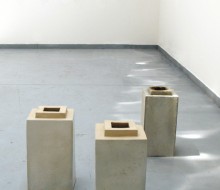
Three Plots

-
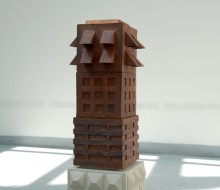
Watchtower

-
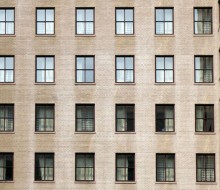
Paysages verticaux

-

Paysages horizontaux

-
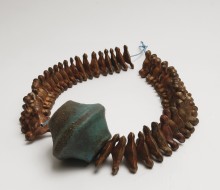
Collier de vertèbres

-
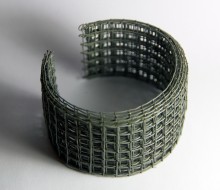
Amphithéâtre

-
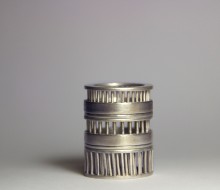
Colisée

-
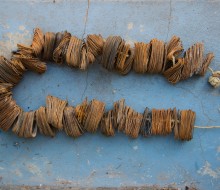
Collier de chantier

-

Cheval 2, 3

-

Perles

-
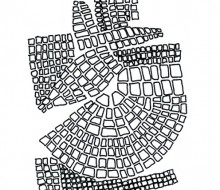
Parcelles

-
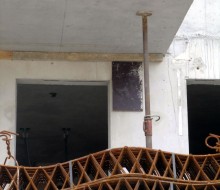
Chantiers

-
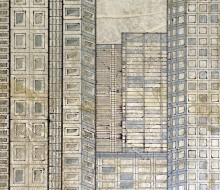
Tours

-
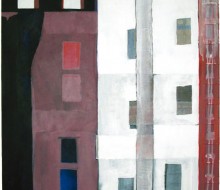
Peintures

